Apple's facing a nightmare scenario that could pull certain iPhone models right off U.S. shelves, and it's not because of anything the company did wrong. Here's the kicker: a Chinese display supplier allegedly stole Samsung's tech secrets, and now Apple's caught in the crossfire of a trade dispute that could reshape iPhone pricing forever.
What you need to know:
The U.S. International Trade Commission ruled that BOE Technology stole Samsung's OLED trade secrets
iPhone 15, 16, and potentially 17 models with BOE screens could be banned from U.S. imports
BOE supplies displays for roughly 20% of Apple's iPhone panel orders
Final decision expected in September 2025, then President Trump has 60 days to disapprove (no approval is required.)
BOE's billion-dollar blunder puts Apple in the hot seat
The preliminary ITC ruling found that BOE and seven subsidiaries violated the Tariff Act by misappropriating Samsung Display's confidential OLED manufacturing technology. Samsung filed the complaint in October 2023, alleging BOE unlawfully used proprietary tech through collaborations with Samsung's former employees.
The ITC recommends two nuclear options: a restricted exclusion order blocking imports of infringing OLED panels, and a cease and desist order stopping BOE from selling existing inventory to U.S. assemblers. Translation? Any iPhone using BOE's "stolen" display tech would have to be pulled from shelves.
Currently, some iPhone 15, 15 Plus, 16, 16 Plus, and 16e models sold in the U.S. contain BOE-supplied OLED displays. The ITC's Office of Unfair Import Investigations backed Samsung's allegations in December 2024, calling for an import ban on BOE's displays and products containing them.
Having covered supply chain vulnerabilities since the Vision Pro trade secret cases began unfolding, this BOE situation represents a fundamentally different challenge than Apple's previous patent battles. Unlike the Apple Watch dispute with Masimo—where Apple could redesign around specific sensor patents—this trade secret violation potentially locks Apple out of an entire supplier relationship with no easy technical workaround.
Apple's supplier shuffle: diversification meets desperation
This trade secret storm hits Apple at the worst possible moment. The company is already battling former employees over Vision Pro secrets and settled a messy legal fight with chip startup Rivos in 2024. At least three former Apple employees have been arrested for allegedly giving company secrets to China-linked organizations.
Here's where Apple's diversification strategy collides with hard reality: India is on track to account for 14% of global iPhone output, with ambitions to ramp this to 32% by 2027. But here's the catch—those Indian factories achieve only 50% yield rates for iPhone components like casings, and BOE's display supply chain integration was supposed to bridge that gap.
The timing couldn't be worse. Apple recently authorized BOE to produce LTPO displays for Chinese versions of the iPhone 17 Pro and iPhone 17 Pro Max. But these displays reportedly fail Apple's LTPO performance benchmarks, which is why Apple plans to restrict BOE iPhone 17 Pro models to China only.
PRO TIP: This quality failure explains why Apple was willing to accept BOE's lower-tier displays for standard models—they were essentially testing the supplier's capabilities while limiting risk exposure.
The November nightmare: when Samsung holds all the cards
Samsung Display controls a massive 41.4% of the global OLED market, while BOE has carved out 11.6%. If BOE gets locked out of the U.S. market, Apple doesn't just lose pricing leverage—it becomes completely dependent on Samsung and LG Display for premium OLED technology right when supply chain constraints are tightest.
Let's break down what this means for Apple's negotiating position: losing 20% of its display supply forces the company to shift that volume to Samsung and LG, who already supply the complex LTPO displays for Pro models. With China tariffs potentially hitting 60% and iPhone 16 Pro Max potentially hitting $2,300 under new trade policies, Apple desperately needs every cost-saving measure it can find.
The final ITC decision drops in November 2025, followed by President Trump's 60-day review window. Here's what makes this case different from typical presidential reviews: Trump's track record shows he'll weigh Apple's massive economic footprint against the precedent of protecting American companies like Samsung Display's U.S. operations.
What this means for your next iPhone upgrade
The BOE situation creates a perfect storm of supply chain disruption, pricing pressure, and consumer uncertainty. Apple will need to divert BOE-equipped iPhones to other markets and ensure U.S. models use displays from alternative suppliers—all while managing a potential $490 million investor settlement over allegations it misled shareholders about iPhone sales in China.
PRO TIP: If you're planning to upgrade to an iPhone 16 or 16 Plus this year, expect potential supply constraints and price increases as Apple shifts away from BOE displays for U.S. models.
This isn't just another patent dispute—it's a fundamental shift in how supply chain vulnerabilities can cascade into consumer impact. One company's alleged theft of trade secrets creates import bans, forces supplier concentration, and ultimately drives up prices for consumers thousands of miles away from the original dispute.
The interconnected nature of global tech supply chains means Apple's learned this lesson repeatedly: the Apple Watch ban over Masimo's patents, ongoing trade secret battles with former employees, and now the BOE situation all highlight how quickly external disputes can threaten flagship product availability.
Here's the bigger picture: Apple's supply chain strategy has relied on diversification to reduce risk, but trade secret violations create a different kind of vulnerability—one that can't be engineered around or negotiated away. As the November decision approaches, Apple faces a future where display supply chain options shrink precisely when pricing pressure and demand uncertainty are highest.




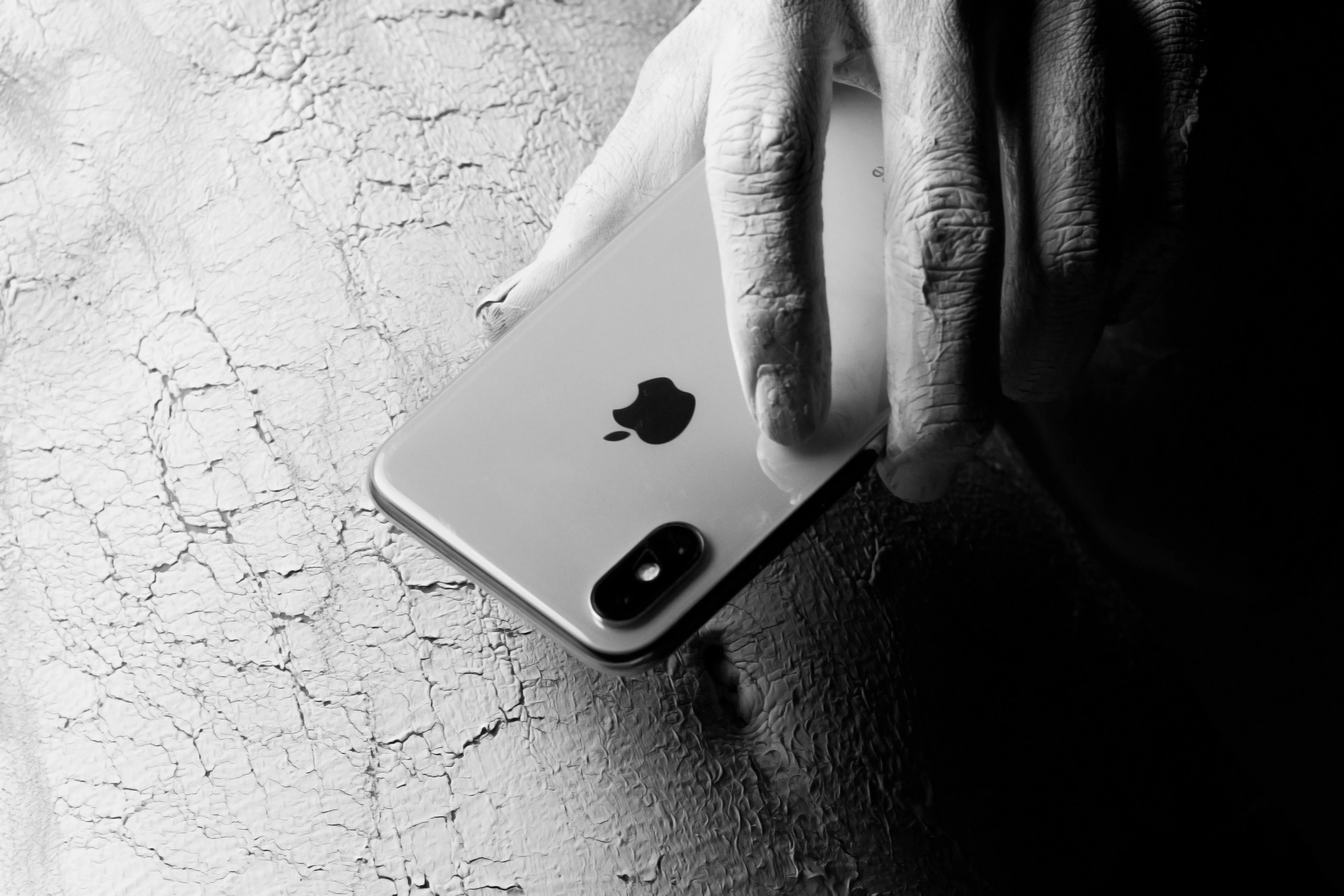
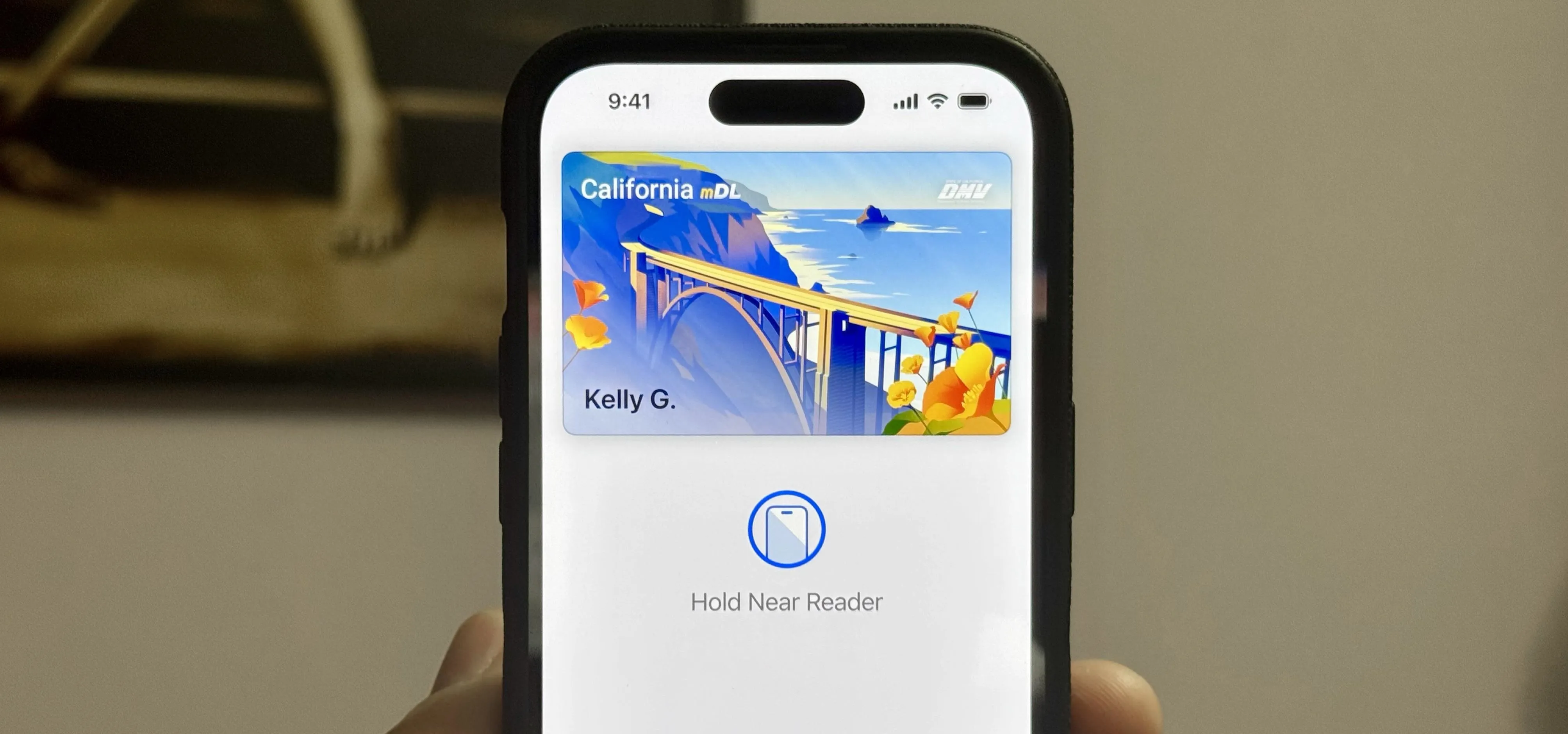
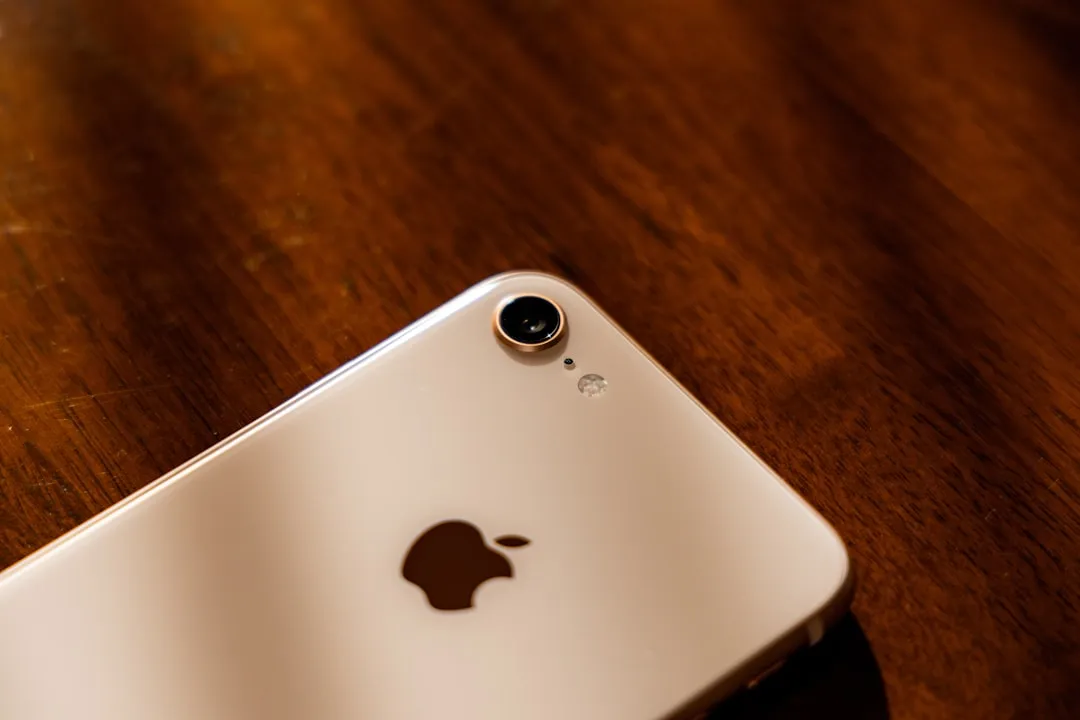
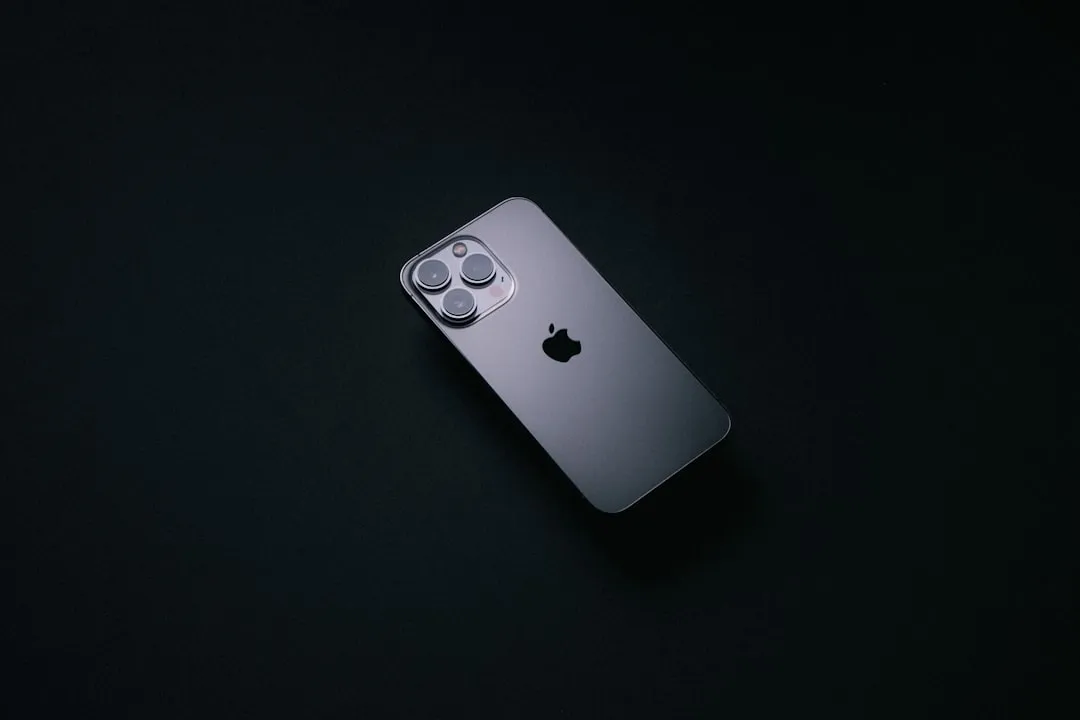
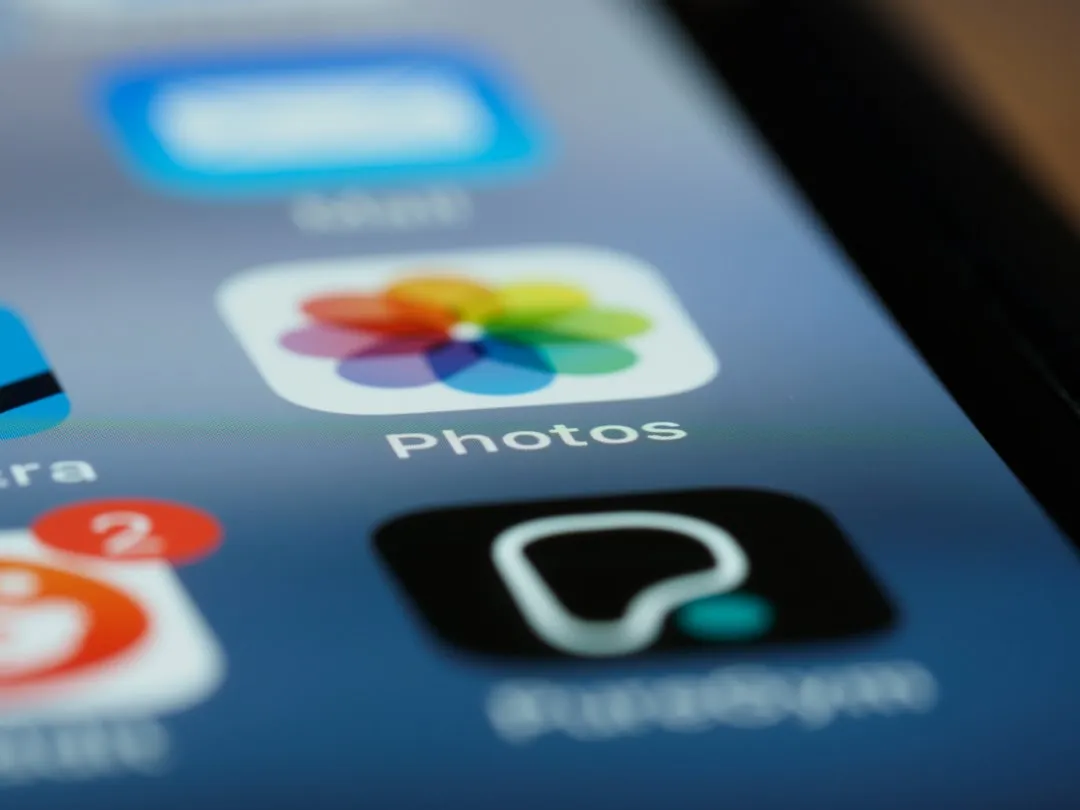
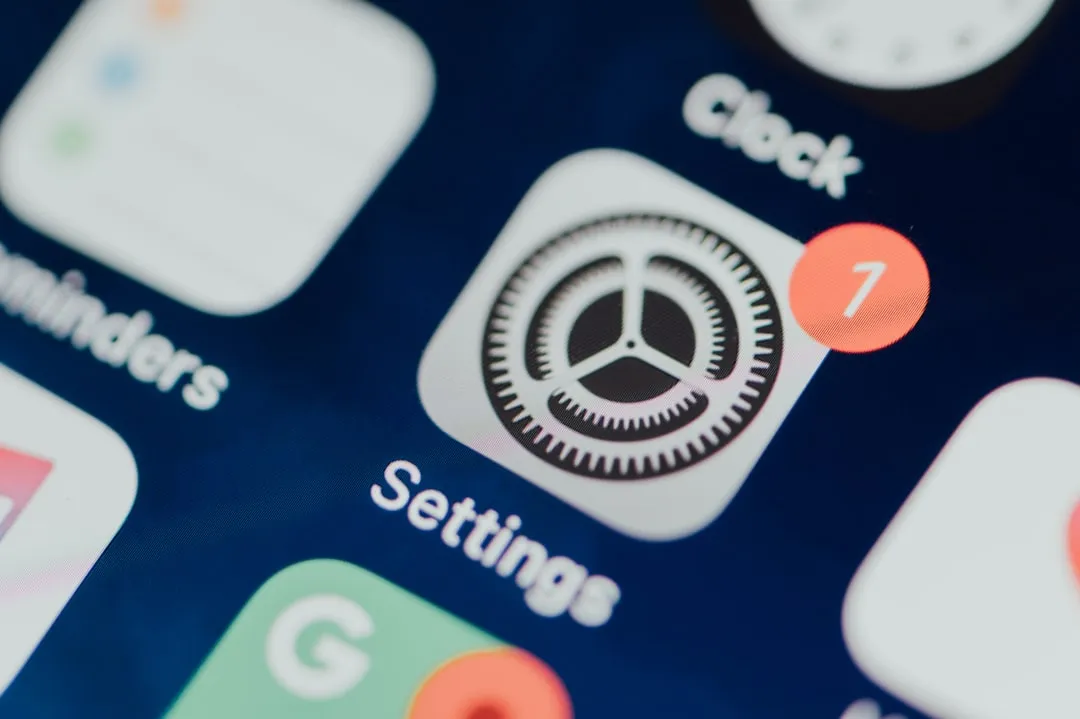
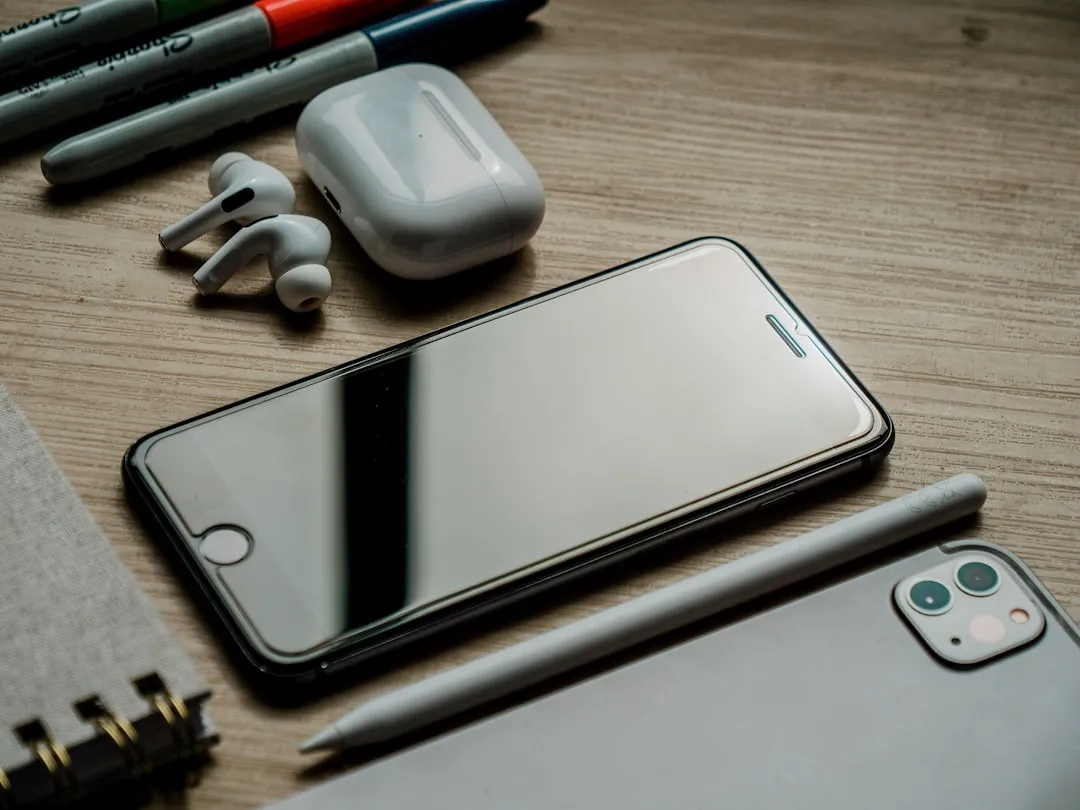
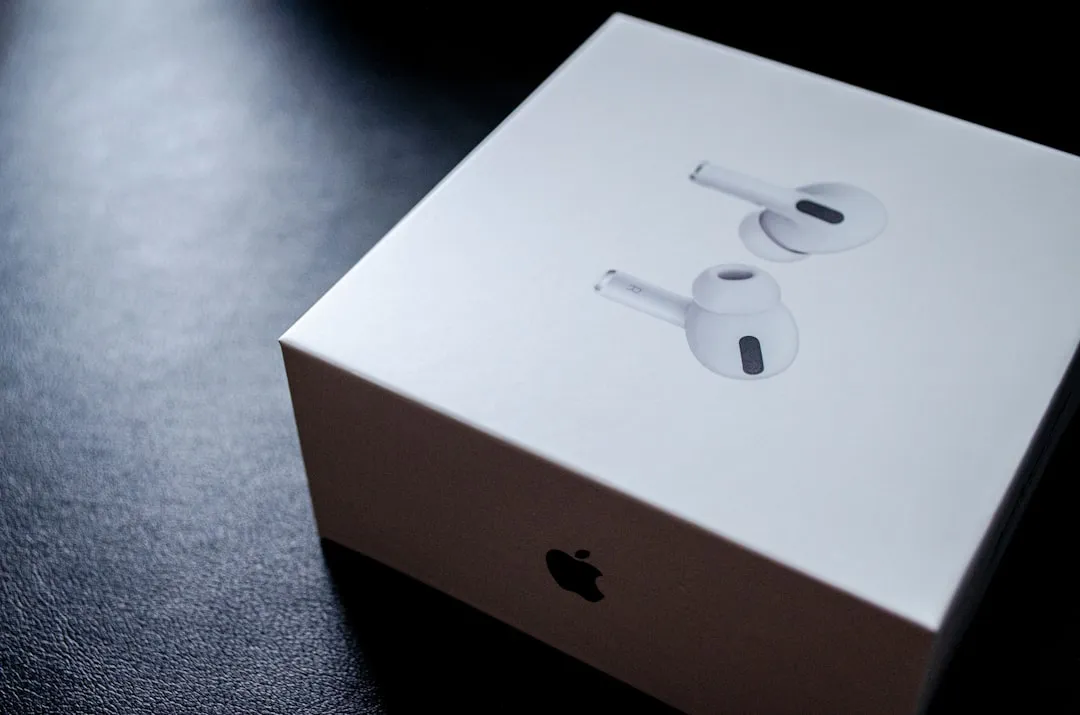
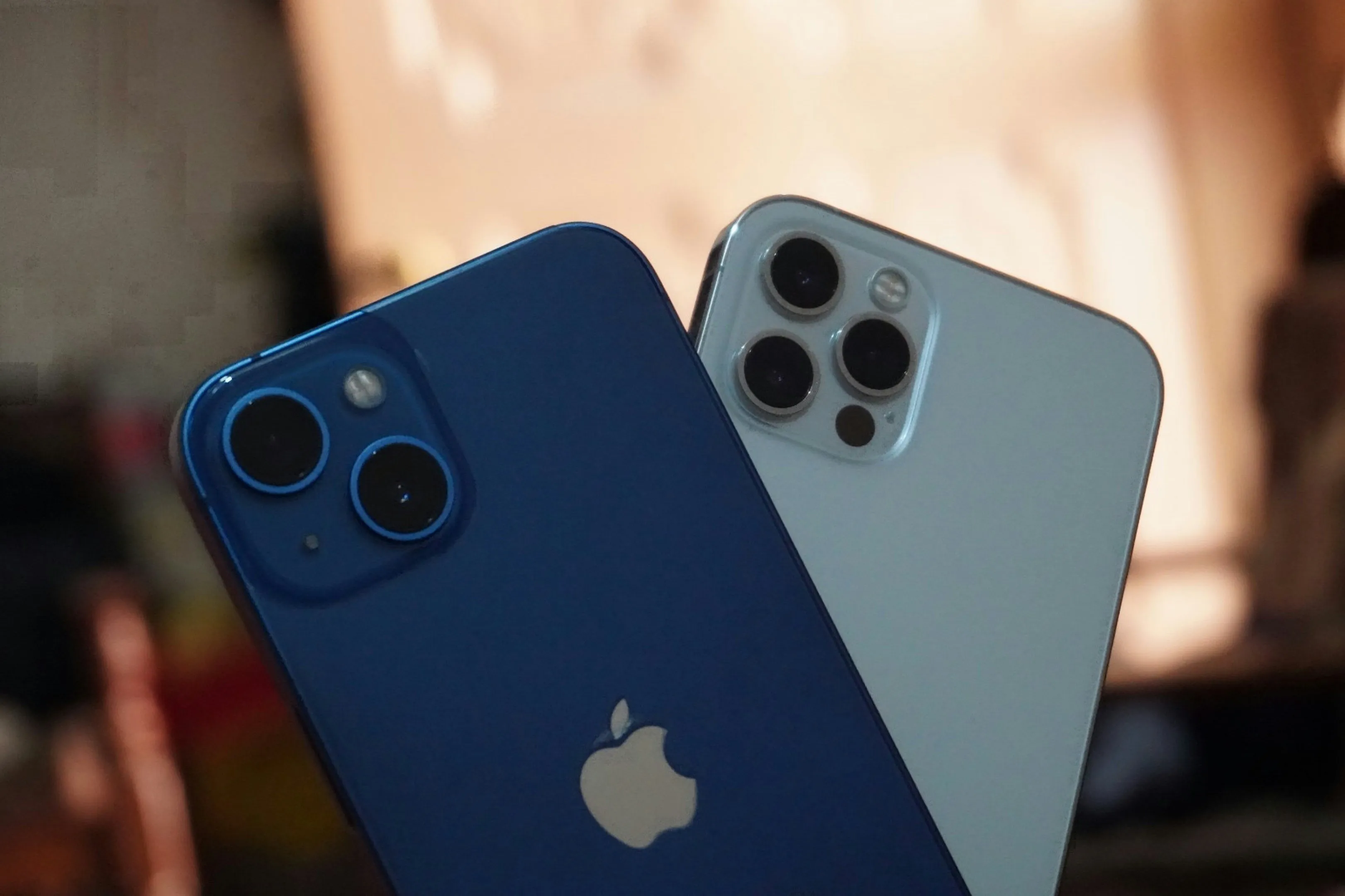
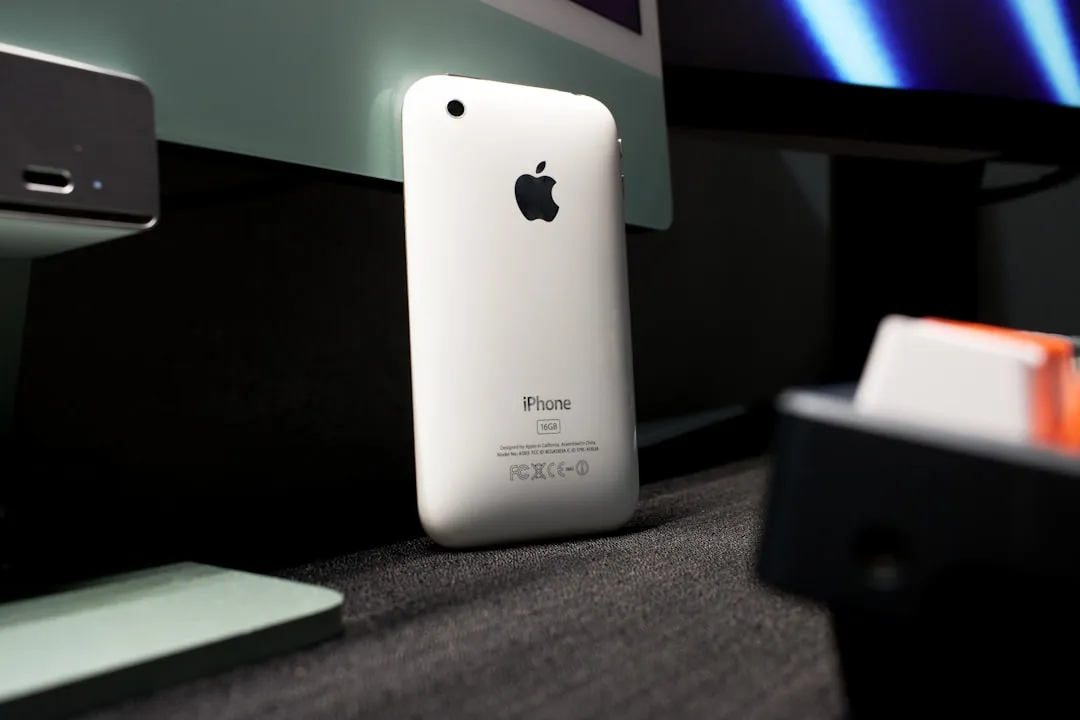
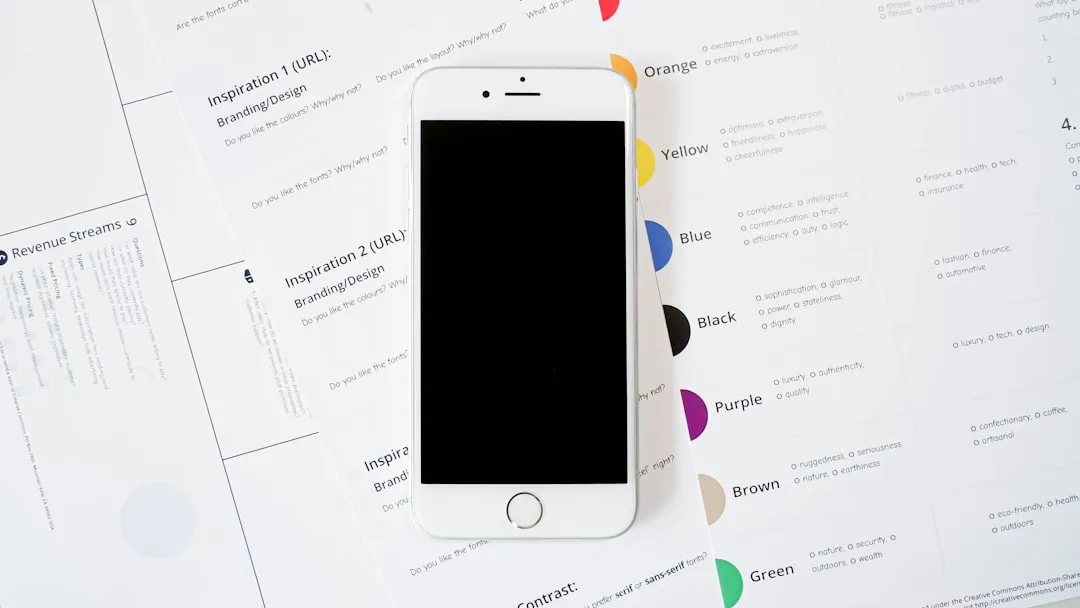
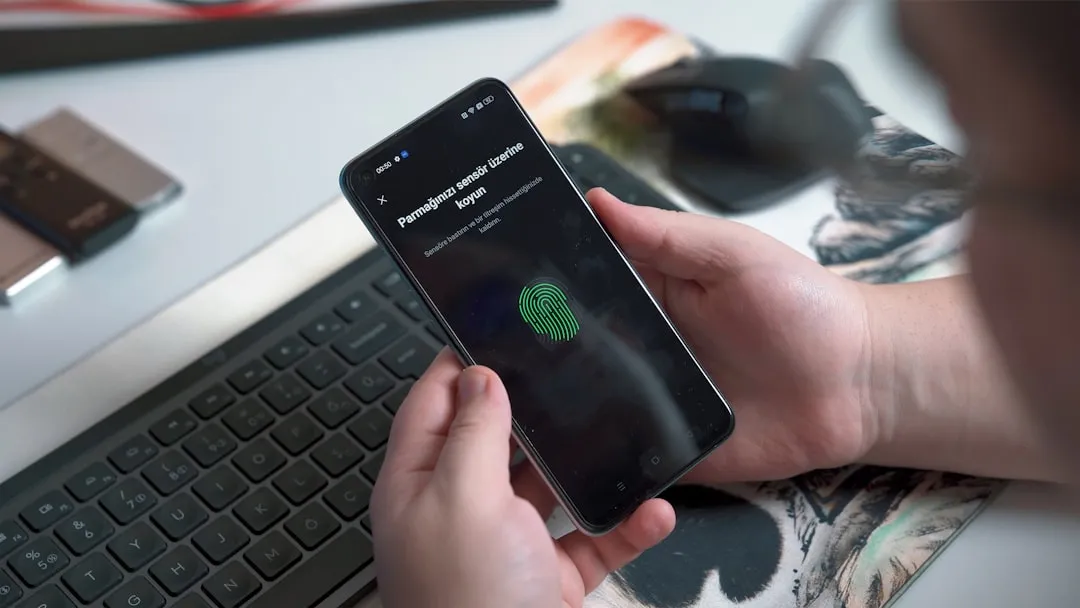
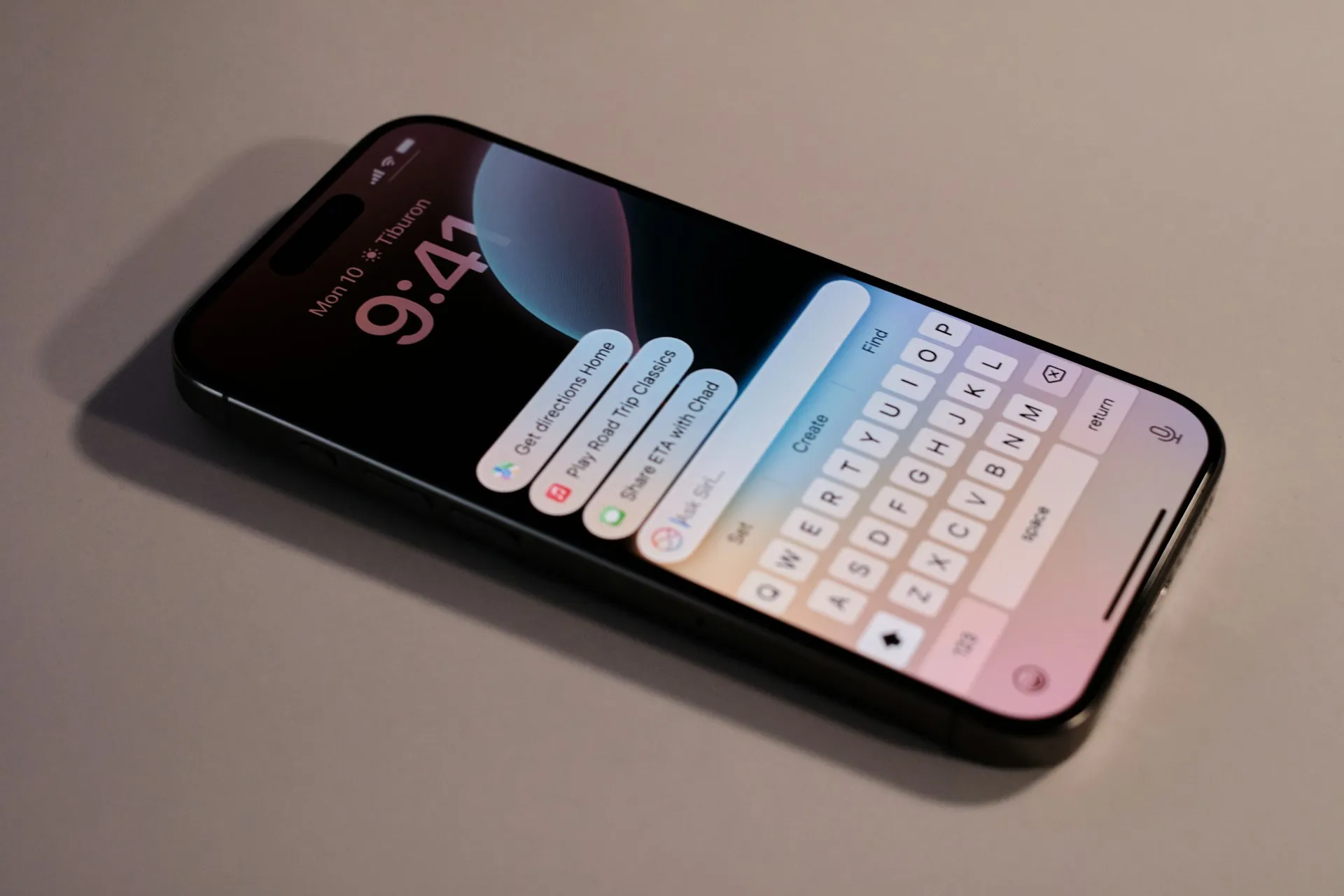

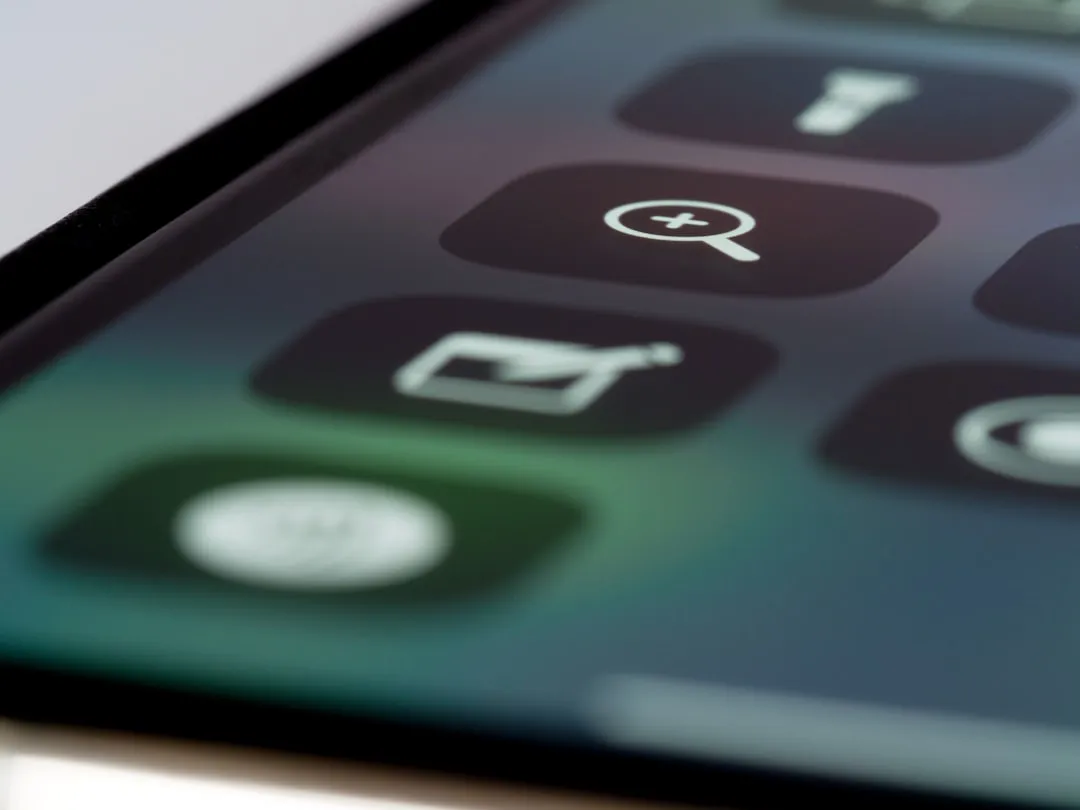
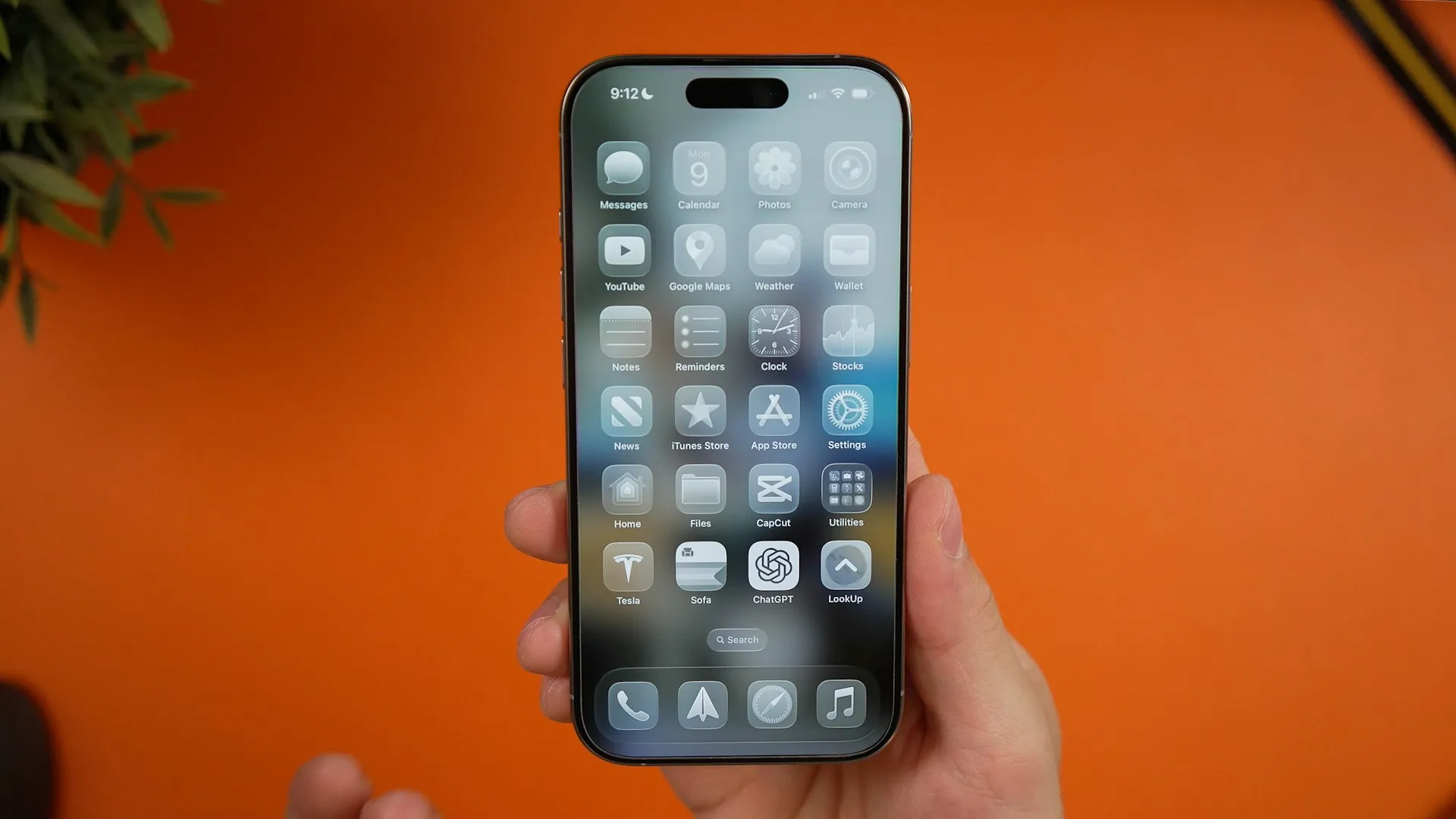
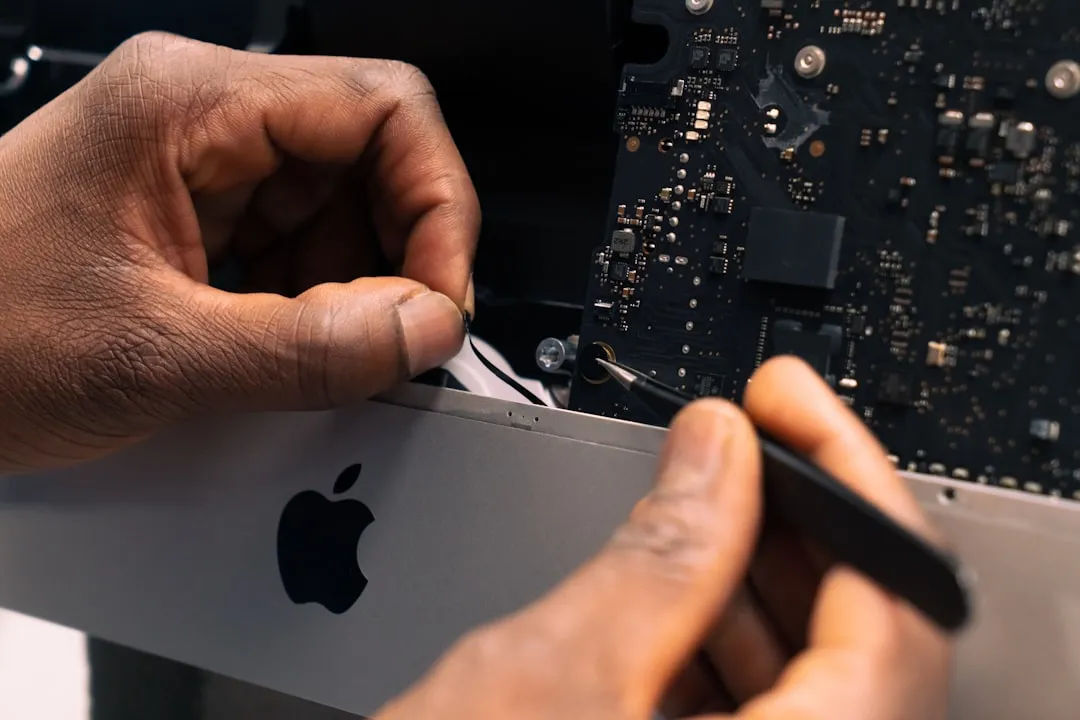
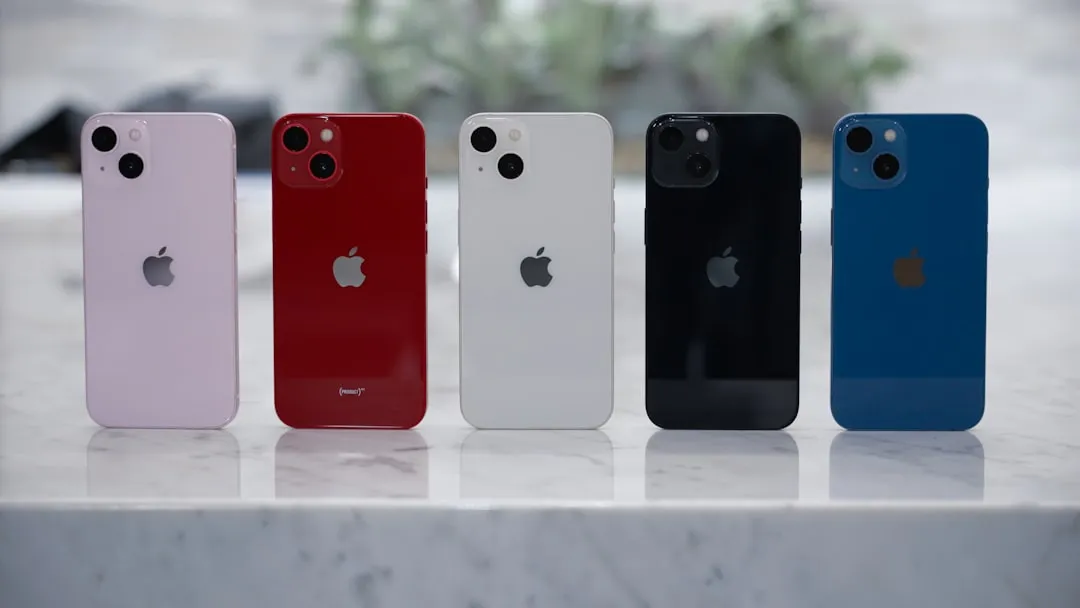
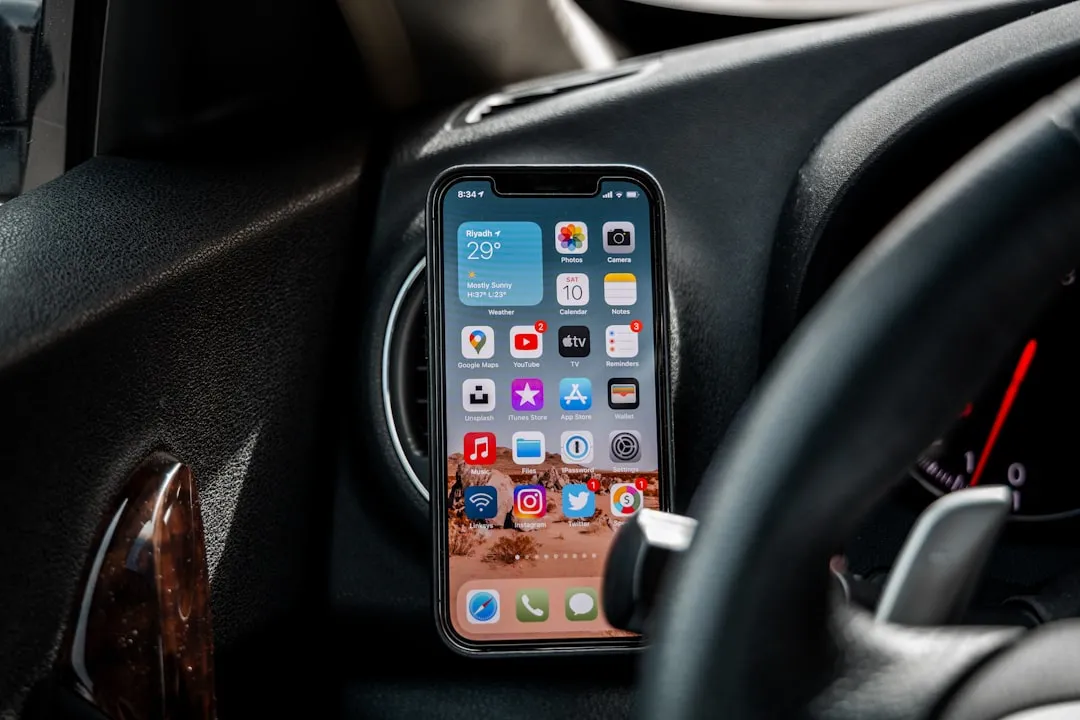

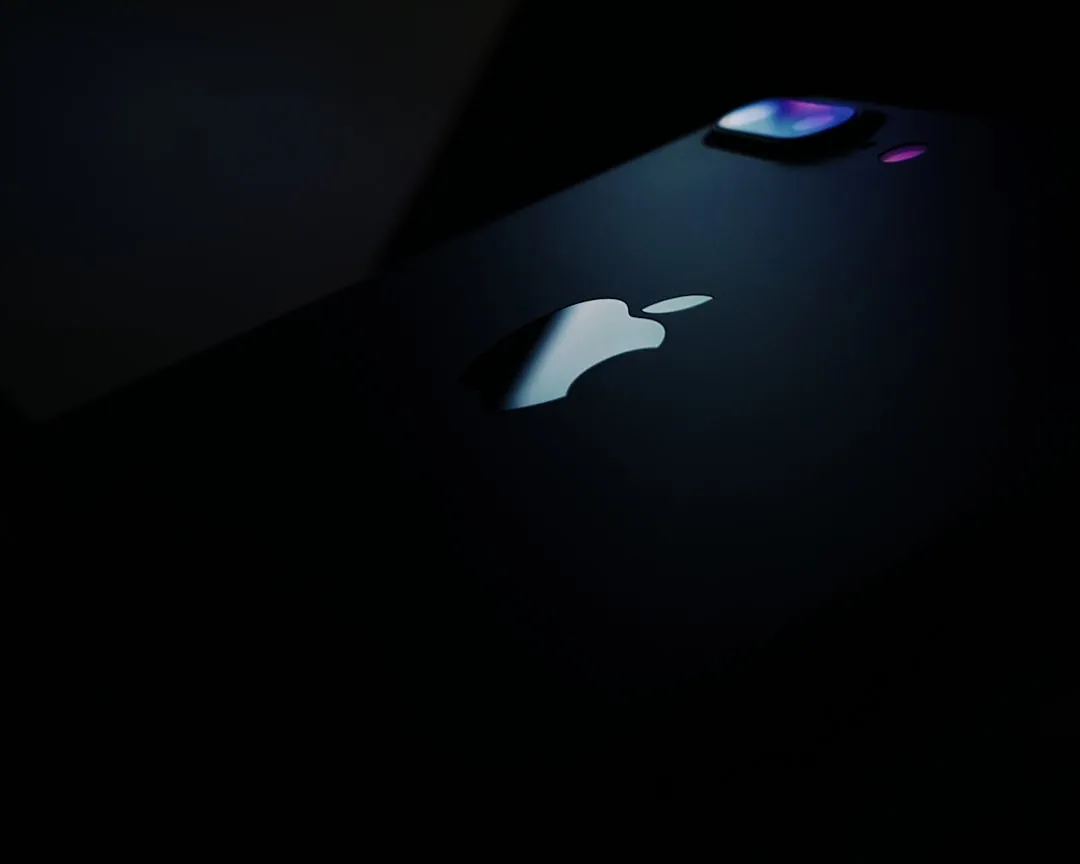
Comments
Be the first, drop a comment!